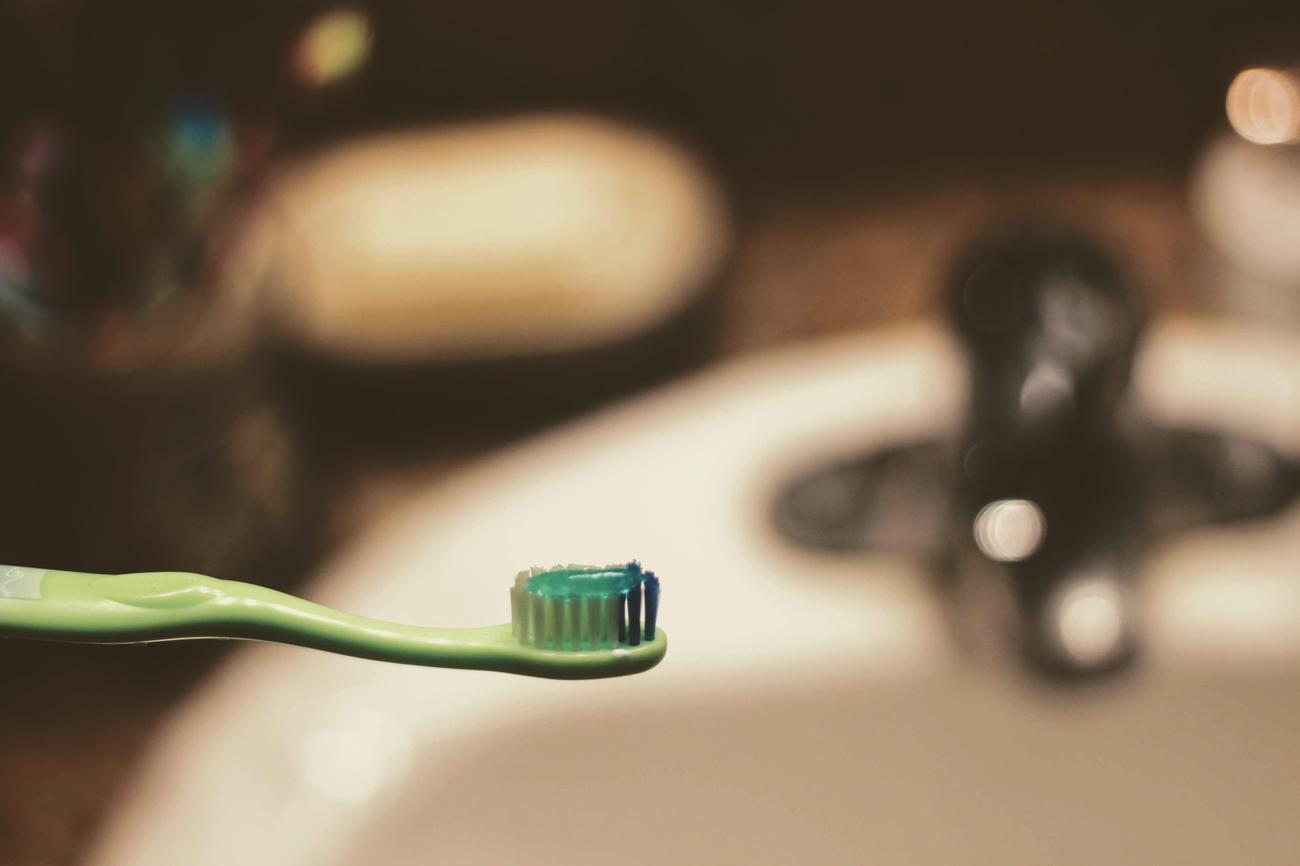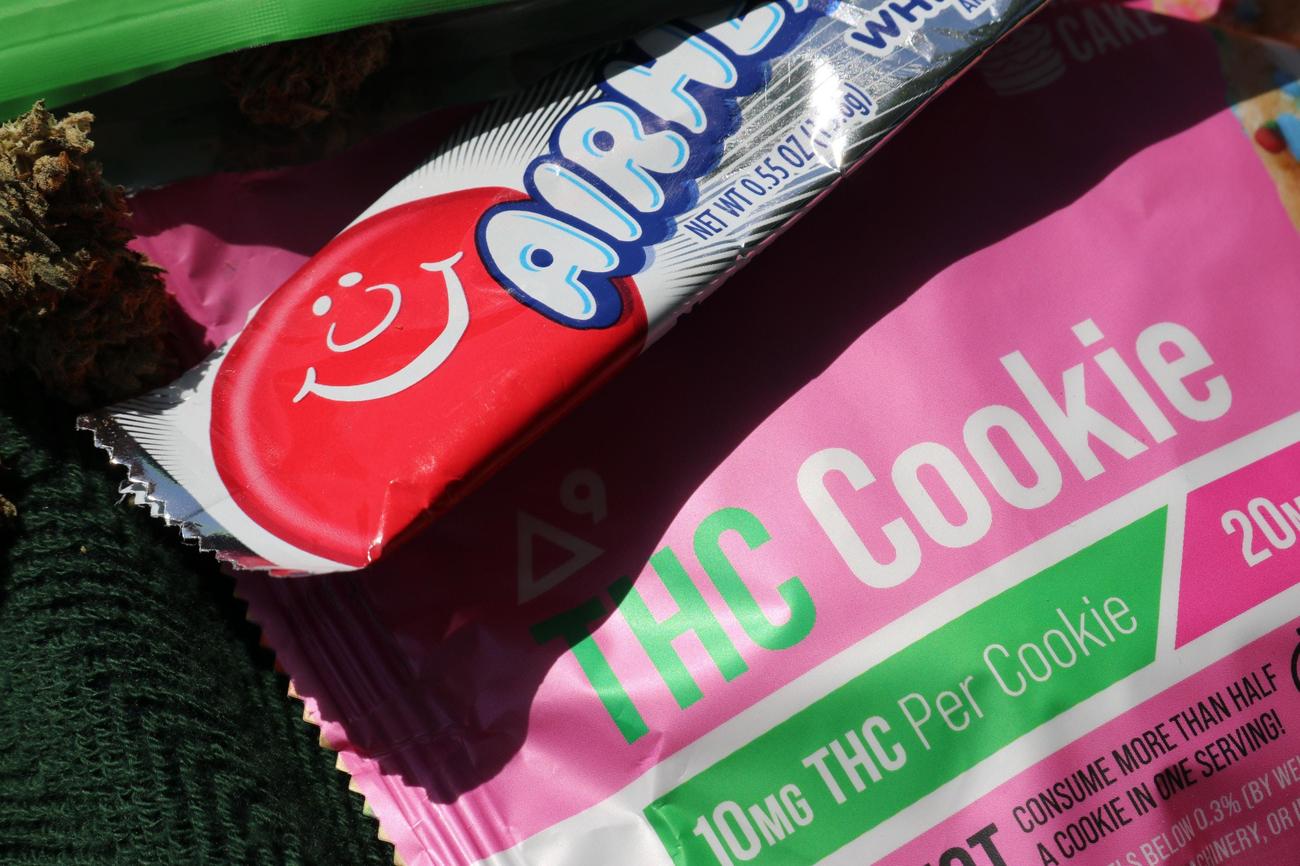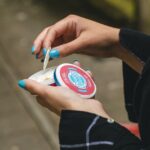Looking for a quick and effective natural remedy to banish those unsightly bruises? Look no further than your bathroom cabinet! Toothpaste, the everyday staple for oral hygiene, has surprising healing properties that can help speed up the fading process of bruises. In this article, we will explore the wonders of toothpaste as an effective natural remedy for bruises. With the expert guidance of experienced healthcare professionals, we will delve into the underlying mechanisms of bruise formation and how toothpaste can potentially aid in their resolution. From practical tips to success stories, get ready to discover the power of toothpaste in saying goodbye to those unwanted bruises.

How to Get Rid of Bruises with Toothpaste
As an experienced healthcare professional, I understand the desire to find effective natural remedies for bruises. One popular remedy that has been circulating is using toothpaste to treat bruises. But does it really work? Let’s dive into the topic and see what the evidence says.
Understanding Bruises
Before we explore the potential benefits of toothpaste in treating bruises, it’s important to understand what bruises are and how they form. Bruises occur when small blood vessels beneath the skin break, causing blood to leak and leave a mark. While most bruises heal on their own within 1 to 2 weeks, more severe ones may take longer.
The Toothpaste Hack
Now, let’s get to the toothpaste hack. It’s suggested that applying toothpaste to bruised areas can help alleviate the discoloration and promote healing. Here’s how it’s supposed to work:
- Apply a small amount of mint-flavored toothpaste to the bruise-affected area using a toothbrush.
- Cover the area with a bandage and leave it on for 10-15 minutes.
- Remove the bandage and wash off the toothpaste with tepid water. Follow up with a skin moisturizer.
- Repeat this process twice or thrice a week. Alternatively, you can leave the toothpaste on overnight, covered with a bandage, and rinse it off in the morning. Repeat for 2 to 3 days.
The belief behind this hack is that toothpaste with menthol can stimulate circulation, potentially breaking up blood clots and enhancing blood flow in the bruised area. However, it’s important to note that there is currently little scientific evidence to support the effectiveness of using toothpaste for treating bruises.
Pros and Cons
Let’s summarize the potential pros and cons of using toothpaste for bruises:
Pros:
– Mint-flavored toothpaste with menthol may help improve blood circulation in the bruised area.
– The toothpaste hack can be easily incorporated into your skincare routine.
– Applying toothpaste on a bruise is a low-cost and readily available solution.
Cons:
– The scientific evidence supporting the effectiveness of toothpaste in treating bruises is limited.
– Bruises naturally heal on their own, so the use of toothpaste may have little additional impact.
– Results and experiences may vary from person to person.
In the end, the decision to try the toothpaste hack for bruises is up to you. Just remember to manage your expectations and consult with a healthcare professional if you have any concerns.
Takeaway
While the use of toothpaste for treating bruises is a popular hack, it’s important to approach it with caution. While it may provide some relief for bruised areas, the lack of scientific evidence should be taken into account. It’s always advisable to prioritize traditional methods of bruise care such as rest, ice, and elevation. If you opt to try toothpaste, do so with informed expectations and consult a healthcare professional if needed.
Concluding this section on how to get rid of bruises with toothpaste, it’s essential to remember that natural remedies can be complementary to conventional medical treatments. So, let’s explore other potential natural remedies for bruises and how they can be integrated into a holistic approach to skincare. Stay tuned for the next section!
“When considering the toothpaste hack for bruises, it’s important to approach it with caution and manage your expectations.”
Toothpaste is a essential part of our daily oral hygiene routine, but did you know that there are some fun facts about toothpaste that you may not be aware of? Discover some intriguing tidbits about toothpaste that will leave you amazed! For instance, did you know that toothpaste was first used in Ancient Egypt around 5000 BC? It was made from a mixture of crushed bones and oyster shells! If you’re interested in learning more fun facts about toothpaste, click here: fun facts about toothpaste.
How to Speed up Bruise Healing and Reduce Discoloration: 7 Pro Tips and Natural Remedies
[youtube v=”iBp4ZtKTw-0″]
Ice the Bruise Immediately
After a bruise appears, applying a cold compress or ice pack wrapped in a towel to the affected area can help reduce swelling and limit blood flow. Applying the ice pack for 10 to 15 minutes every hour for the first 24 hours after the injury is recommended.
“Applying ice immediately after a bruise appears can help reduce swelling and prevent the bruise from getting worse.”
Apply Heat After 24 Hours
Switching to a warm compress or heating pad after the first 24 hours can increase blood flow to the bruised area, helping to break down blood clots and speed up the healing process. Applying heat for 15 to 20 minutes multiple times a day is beneficial.
“After 24 hours, applying heat to the bruised area can promote blood circulation and accelerate the healing process.”
Elevate the Affected Area
If the bruise is on a limb, elevating the affected area above heart level can reduce swelling and improve blood flow. This prevents the bruise from spreading and reduces the risk of complications.
“Elevating the affected limb above heart level helps reduce swelling and enhances blood circulation to support the healing process.”
Gently Massage the Area
Massaging the area surrounding the bruise can help break down blood clots and increase blood flow. Using fingertips to apply light pressure and making small circular motions is recommended, but it’s crucial not to press too hard to prevent worsening the bruise.
“Gently massaging the area around the bruise can improve blood flow and aid in the breakdown of blood clots.”
Over-the-Counter Medications
Taking over-the-counter pain relievers such as acetaminophen or ibuprofen can alleviate pain and reduce inflammation associated with bruises. Following the recommended dosage guidelines on the package is essential.
“Over-the-counter pain relievers can help manage pain and minimize inflammation caused by bruises.”
Topical Remedies
There are natural remedies that can assist in reducing the appearance of bruises. Arnica, a herb commonly used in homeopathic medicine, has anti-inflammatory and pain-relieving properties. Applying Arnica Gel or cream multiple times a day can be beneficial. Witch hazel, known for its astringent properties, can also be used to reduce swelling and promote healing.
“Topical remedies such as Arnica Gel and witch hazel can help minimize bruise appearance and support the healing process.”
Protect the Bruised Area
While the bruise is healing, it’s crucial to protect the affected area from further injury. Avoid activities that could cause additional trauma and consider using protective gear if necessary. Wrapping the bruise with a bandage can provide additional support and prevent swelling if the bruise is on a limb.
“Protecting the bruised area from further injury is essential for proper healing. Consider using bandages or protective gear if needed.”
To conclude, bruises can be unsightly and uncomfortable. However, by following these simple steps and utilizing natural remedies, you can speed up the healing process, minimize bruise appearance, and alleviate any discomfort. Remember to exercise caution when applying pressure to a bruise and seek medical attention if any unusual symptoms occur.
“By following these tips and incorporating natural remedies, you can support the healing process, reduce the appearance of bruises, and find relief from discomfort.”

FAQ
Q: Is toothpaste an effective remedy for bruises?
A: Toothpaste is not supported by scientific evidence as an effective remedy for bruises. While some individuals claim it can break up blood clots and enhance blood flow in the bruise area, there is limited research to support these claims.
Q: How long do bruises typically last?
A: Bruises usually last between 1 to 2 weeks. However, more severe bruises may take longer to heal.
Q: How do bruises occur?
A: Bruises occur when small blood vessels under the skin are crushed or damaged, causing blood to leak out and leave a mark on the skin.
Q: Can toothpaste be combined with other products for bruise treatment?
A: Yes, toothpaste can be combined with skin lotion to create a mixture that can be applied to bruises. However, there is no scientific evidence to suggest its effectiveness in treating bruises.
Q: Can applying ice help prevent swelling in a bruise?
A: Yes, applying ice to a bruise immediately after the injury can help prevent swelling.
- Jesus Bible: Discover Jesus’s Story Throughout Scripture - April 27, 2025
- Don Luis: Unraveling the 16th-Century Virginia Mystery - April 27, 2025
- Captain J’s Kauai Tours: Unforgettable Na Pali Coast Adventures - April 27, 2025
















